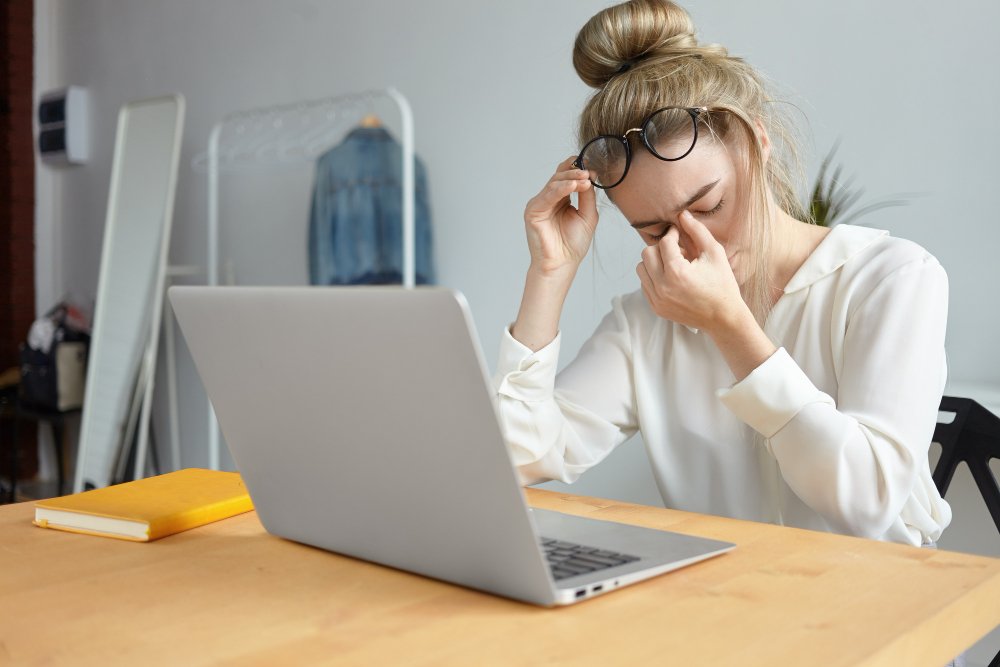How to Protect Your Eyes From Everyday Screen Fatigue
Most people can’t remember the last time they spent an entire day away from a digital screen. Phones, laptops, and tablets have become constant companions, whether for work, study, or leisure. Yet, behind every productive day or late-night scroll often lies a familiar discomfort—the feeling of eyes that ache, blur, or burn after hours of staring into blue-lit glass.
Screen fatigue doesn’t just happen overnight. It gradually creeps in, building up as the eyes strain to focus on text or visuals made of pixels instead of paper. For many, it has become a normal part of modern life, accepted as just another trade-off for being connected and productive.
But tired eyes are not something to ignore. Protecting eye health means protecting focus, comfort, and long-term vision. That’s why many people in busy cities like Singapore are now turning to professional advice from an eye specialist residents trust to maintain eye wellness in their digital lifestyles.
Understanding Why Screens Tire the Eyes
Constant Focus with Minimal Breaks
Unlike the natural environment, screens demand fixed attention at close range. This keeps the tiny muscles around the eyes continuously engaged, often without rest. When a person stares at text on a screen, the eyes must focus sharply and refocus repeatedly as they scroll, creating a silent strain that accumulates over the day. Add long working hours or late-night browsing, and this strain often turns into fatigue that feels almost impossible to shake off.
The human eye was never designed for such intense near-work over extended periods. Natural vision evolved to alternate between short and long distances, letting the muscles relax. Giving those muscles short yet frequent breaks can make a significant difference.
The Hidden Impact of Blue Light
Blue light, which comes from digital screens and energy-efficient lighting, penetrates deeper into the eye than other wavelengths. While research continues to explore its full effects, many eye care experts suggest reducing blue light exposure, especially before bedtime, to help the eyes feel more comfortable and prevent sleep disruption. Simple adjustments like activating night mode, using screen filters, or dimming brightness in low-light environments can ease the strain that builds up through the day.
Yet, not everyone realizes that small daily habits matter more than expensive filters. What truly helps is a mix of moderation, posture, and mindful lighting that balances clarity and comfort.
Blinking Less Than Needed
One subtle but impactful reason screens exhaust the eyes is how they change blinking patterns. People blink about two-thirds less when looking at a screen, which quickly dries the eye’s surface and creates irritation. Dry air from air conditioning or fans makes things worse. Reminding oneself to blink, keeping hydration levels up, and occasionally looking away from the device can reduce discomfort significantly. It might sound simple, but those small, mindful acts help preserve eye moisture and ease the feeling of constant strain.
Building Healthier Habits for Daily Screen Use
Balancing Screen Time with Smart Breaks
A practical way to ease screen fatigue is to follow what many eye experts call the 20-20-20 rule: every 20 minutes, look at something at least 20 feet away for 20 seconds. This small pause gives the eyes a brief reset, much like stretching the body during a long sitting session. It’s also a good chance to stand, breathe, and adjust posture. Longer breaks between tasks, such as stepping outside or simply closing the eyes, restore comfort and sharpness more effectively than pushing through discomfort.
Physical posture contributes, too. Keeping screens at eye level, maintaining a healthy distance, and ensuring proper lighting—neither too bright nor too dim—help prevent unnecessary strain. Sometimes fatigue stems not from the screen itself but from how and where one uses it.
Creating Restful Spaces for Tired Eyes
Beyond breaks and posture, the environment plays a quiet yet crucial role. The eyes relax more easily when the surrounding space feels balanced. Natural light is best, but soft, indirect lighting also offers relief. Adjusting screen settings to match ambient light prevents glaring contrast, while reducing room reflections helps maintain focus without irritation.
Activities that rest the eyes away from screens can also help. Reading print, going for short walks, or spending a few moments outdoors replenishes the eyes with natural focus shifts. Eye exercises or simple gaze changes strengthen muscles and circulation, which helps sustain longer periods of comfortable screen use.
Consistent rest does more than ease tiredness—it protects long-term vision health. Like any other muscle, the eyes depend on recovery to stay strong, focused, and responsive.
Maintaining Eye Wellness for the Long Term
No digital habit is permanent; everyone can adjust small behaviors to make screens easier on the eyes. Regular check-ups can also reveal early signs of strain that may otherwise go unnoticed. Even if vision seems fine, subtle fatigue might reflect underlying dryness, alignment, or focus issues that a professional can evaluate. That’s where guidance from an experienced eye specialist in Singapore residents rely on makes a real difference.
Protecting vision is about more than avoiding discomfort; it’s about sustaining clarity in a world increasingly dominated by screens. Healthy eyes make work, learning, and leisure more enjoyable. So, while the glow of technology may be unavoidable, the heaviness of tired eyes doesn’t have to be. Simple awareness, mindful habits, and periodic professional care can turn digital fatigue from a daily burden into a well-managed part of modern life.
Share this content:














Post Comment